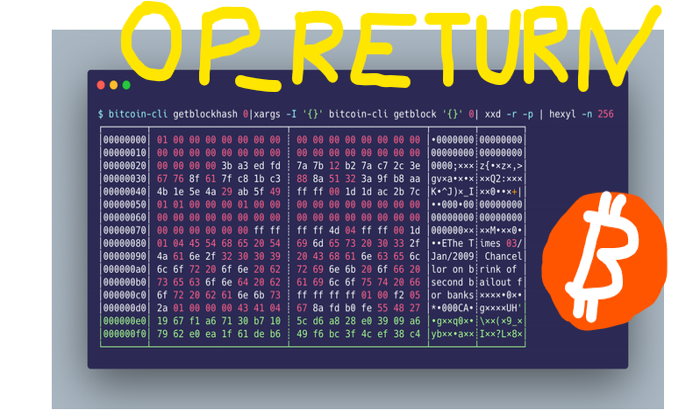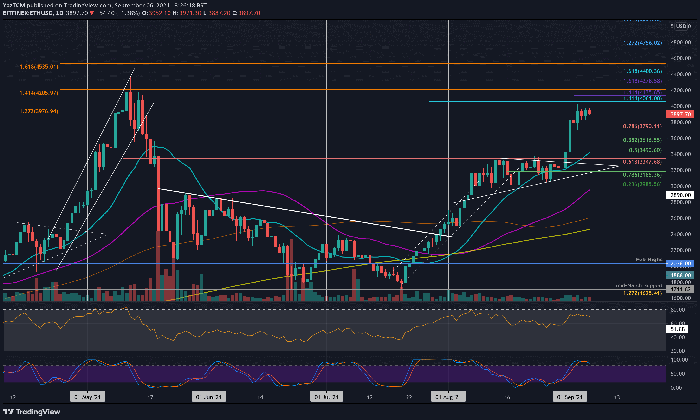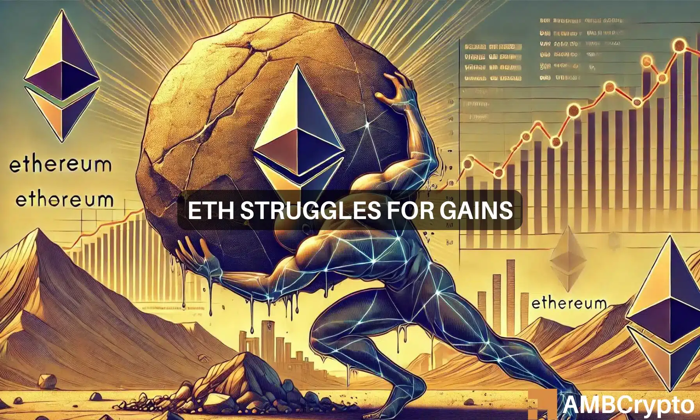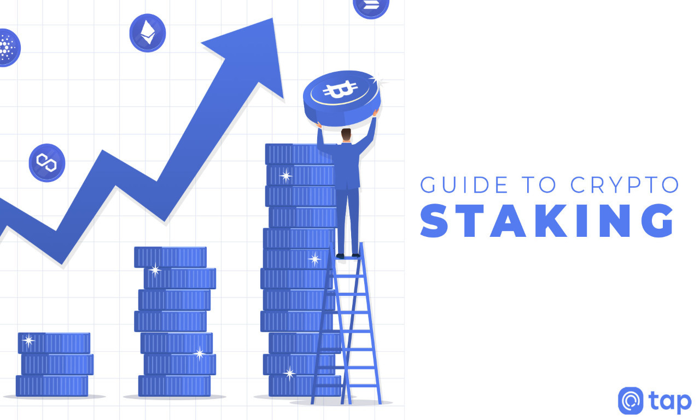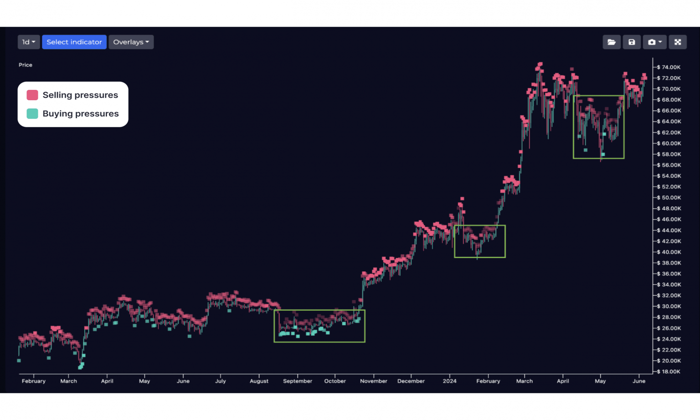Bitcoin OP_RETURN Limit has been a topic of significant debate in the cryptocurrency community, especially with the recent announcement that Bitcoin Core will remove the long-standing 80-byte restriction in its upcoming upgrade. This decision, put forth by developer Greg Sanders, comes as an effort to streamline OP_RETURN transactions and make the blockchain more intuitive for users and miners alike. Originally intended as a gentle reminder for judicious block space use, the limit is considered outdated since many miners have found workarounds to bypass it. With this move, Bitcoin developers aim to improve transaction efficiency without compromising the security of the Bitcoin network. As cryptocurrency news continues to unfold, this key change marks a notable shift in Bitcoin’s operational landscape, highlighting the evolving nature of blockchain technology and community governance.
The upcoming alteration to the Bitcoin OP_RETURN Limit signals a transformative moment for the cryptocurrency ecosystem, as it seeks to enhance transaction capabilities and improve user experience. Alternative perspectives on OP_RETURN transactions suggest that the inherent limitations have hindered innovation, prompting a reevaluation of such restrictions by Bitcoin developers. With many miners already circumventing the cap through various methods, the proposed changes may align the Bitcoin network more closely with its foundational principles of efficiency and transparency. Additionally, this pivotal upgrade raises questions about the future of data storage on the blockchain and how it intersects with the broader crypto landscape. As the conversation around these developments deepens, it underscores the importance of community consensus in shaping the trajectory of Bitcoin.
Understanding the Upcoming Bitcoin OP_RETURN Limit Change
The decision by Bitcoin Core to remove the 80-byte limit on OP_RETURN outputs marks a significant development in the evolution of Bitcoin transactions. This change signifies a shift away from outdated constraints that have governed how additional data can be integrated into the Bitcoin blockchain. Greg Sanders, a notable figure among Bitcoin developers, articulated that this cap is now unnecessary since miners have found ways to bypass it, which highlights a trend towards innovation and adaptability in the cryptocurrency landscape.
By lifting the OP_RETURN limit, the Bitcoin network aims to promote greater efficiency and streamline transaction processes. This move suggests a broader acceptance of utilizing the blockchain for more than just payment confirmations. Instead, it opens avenues for developers to embed data in a less cumbersome manner. However, it raises concerns among purists and critics who fear that altering foundational rules might lead to unforeseen complications in network management.
The Role of Bitcoin Developers in Enhancing Network Functionality
Bitcoin developers play a crucial role in the ongoing evolution of the Bitcoin network, constantly evaluating and updating the codebase to enhance performance and security. The recent decision to remove the OP_RETURN limit exemplifies the developers’ commitment to using empirical evidence and community feedback to guide changes. By actively challenging outdated practices, these developers help the network align more closely with technological advancements and user needs.
This transition isn’t without its critics. Some community members argue that the decision lacks sufficient consensus and may introduce potential vulnerabilities. However, figures like Sanders defend the move as a natural progression consistent with the principles of innovation and transparency that Bitcoin embodies. They emphasize that the changes aim to keep the network robust, with safeguards still firmly in place to protect Bitcoin’s core integrity.
Community Reactions to the OP_RETURN Limit Removal
The announcement regarding the removal of the OP_RETURN limit has sparked a heated debate within the Bitcoin community. Prominent figures, including Luke Dashjr, have expressed strong disapproval, dubbing it “utter insanity.” Meanwhile, others have suggested alternative avenues, such as refusing the upgrade altogether or utilizing different implementations like Bitcoin Knots. This split signals a broader issue of governance in the Bitcoin ecosystem, where differing opinions on changes can lead to divisions among users and developers alike.
Some community members feel the process leading to this decision lacked adequate transparency and discussion, raising questions about consensus within the Bitcoin development community. Developers, however, maintain that their approach aligns with Bitcoin’s ethos of minimal intervention and clear rules. Despite assurances that the removal will not compromise security, the community remains divided, with many advocating for a return to prior limitations.
The Implications of OP_RETURN Usage in Bitcoin Transactions
Removing the OP_RETURN limit is expected to have profound implications for how data is utilized within Bitcoin transactions. Historically, the OP_RETURN function has allowed users to attach small bits of data to transactions, providing verification for various use cases beyond mere currency transfer. With the new changes, developers can now create more complex contracts and applications that leverage the blockchain more effectively.
This flexibility may lead to increased adoption of Bitcoin for uses such as proof of existence, digital assets, and potentially smart contracts, further enhancing the utility of the network. However, the community is also cognizant of the risks associated with bloating the blockchain with excessive data, which could affect transaction speeds and costs in the long run. As such, maintaining a balance between innovation and network health is paramount.
Potential Future Developments Post-Upgrade
As Bitcoin Core prepares for this significant upgrade, industry watchers are keenly interested in the potential future developments this change might incite. By allowing larger OP_RETURN outputs, we may witness a surge in innovative applications and services leveraging Bitcoin’s powerful blockchain capabilities. Such advancements could attract new projects and increase the network’s prominence in the evolving landscape of decentralized finance and digital asset management.
However, developers must remain vigilant in monitoring how these changes impact network behavior and user experience. It is essential to maintain communication with the community and be ready to adapt further based on feedback and observations once the upgrade is implemented. The ability of Bitcoin to evolve dynamically has been key to its resilience and success in the cryptocurrency market.
Navigating the Risks of OP_RETURN Enhancements
With great power comes great responsibility; this adage rings particularly true as Bitcoin developers prepare to enhance OP_RETURN functionalities. While removing the limit can bolster the network’s capabilities, it also invites challenges, primarily concerning the integrity and management of transaction data. If users start to abuse the newfound freedom by embedding excessive or irrelevant information, it could lead to network congestion and inefficiencies.
Developers recognize these risks and are likely to implement strategies to address them proactively. By creating guidelines or best practices for OP_RETURN usage, they could foster a more streamlined approach to data storage on the blockchain. The balance between innovation and security will be essential in ensuring that the network remains both robust and efficient.
The Intersection of Bitcoin Upgrades and Market Sentiment
As Bitcoin Core pushes through significant upgrades like the removal of the OP_RETURN limit, market sentiment can fluctuate dramatically. Traders and investors often pay close attention to these developments, shaping their decisions based on anticipated impacts on the network’s performance and security. Positive sentiment can lead to price surges as market participants perceive the upgrades as beneficial to Bitcoin’s longevity.
Conversely, backlash from the community can lead to market hesitance or even downturns, particularly if influential voices in the sector express strong dissent. The cryptosphere is incredibly reactive, making it imperative for developers to not only be technologically savvy but also market-aware, engaging with the community to gauge reactions and relaying this information back into ongoing development discussions.
Addressing Consensus in Bitcoin Development
Consensus is at the heart of successful Bitcoin development, serving as the foundation for all major decisions, including significant upgrades like the recent lift on OP_RETURN limits. The process of reaching consensus can be fractious, as seen in the mixed responses elicited from various stakeholders. Continued dialogue between developers and the community is crucial to ensure that perspectives are considered, and solutions are collaboratively derived.
Creating a framework for open discussions can help mitigate some of the polarizing effects of these changes. Establishing clear communication channels and feedback loops allows developers to present their rationale effectively while also hearing the concerns of users. This collaborative approach could contribute to a more stable ecosystem where decisions are guided not solely by developer insight but by a collective understanding of community needs.
The Future of Bitcoin Transactions in a Post-Upgrade Landscape
Looking ahead, the landscape of Bitcoin transactions is poised for transformation in a post-upgrade environment. With the removal of the OP_RETURN limitation, transactions may begin to serve multiple purposes beyond mere currency exchanges, potentially giving rise to a myriad of new functionalities and applications that take advantage of the Bitcoin blockchain. This shift could lead to increased utility for consumers and businesses alike, ushering in a new era of Bitcoin adoption.
However, it is critical to approach these changes with caution, ensuring mechanisms are in place to prevent abuse and unintended consequences. The adoption of best practices for transaction usage will be important in maintaining a healthy network and ensuring that Bitcoin continues to operate efficiently as it navigates this new phase.
Frequently Asked Questions
What is the significance of the Bitcoin OP_RETURN limit being removed in the upcoming Bitcoin Core upgrade?
The removal of the Bitcoin OP_RETURN limit in the next Bitcoin Core upgrade holds significance as it eliminates the outdated 80-byte cap on OP_RETURN transaction outputs. This change, endorsed by Bitcoin developers, aims to streamline data storage on the blockchain, improve efficiency, and reflect evolving practices in the cryptocurrency landscape.
How does the removal of the OP_RETURN limit affect Bitcoin transaction outputs?
With the OP_RETURN limit lifted, Bitcoin transaction outputs can now exceed the previous 80-byte restriction. This allows for increased data capacity within OP_RETURN transactions, facilitating more complex applications and enhancing the overall functionality of the Bitcoin blockchain.
What are OP_RETURN transactions and why were they limited to 80 bytes?
OP_RETURN transactions are a type of Bitcoin output that enable small data storage on the blockchain. They were limited to 80 bytes as a signaling mechanism to discourage excessive use of block space for non-payment data. However, the Bitcoin community has recognized that this limitation has become obsolete.
What are some concerns from the crypto community regarding the OP_RETURN limit’s removal?
Concerns within the crypto community center around the potential for inefficient use of block space and confusion in transaction verification, as some critics consider the removal of the OP_RETURN limit to be a fundamental shift in Bitcoin’s operational protocols.
How do miners currently circumvent the OP_RETURN limit if it is lifted?
Miners commonly bypass the OP_RETURN limit through various workarounds, such as embedding data in fictitious public keys or utilizing spendable scripts. This practice highlights the inadequacies of the original cap and supports the decision to remove it entirely.
What are the potential benefits of lifting the OP_RETURN limit for the Bitcoin network?
Lifting the OP_RETURN limit offers several benefits, including a cleaner UTXO set, improved network efficiency, and the allowance for more extensive and complex applications built on the Bitcoin blockchain, reinforcing its adaptability and relevance in the cryptocurrency space.
What safeguards will remain in place after the OP_RETURN limit is lifted?
Even after the OP_RETURN limit is removed, crucial safeguards such as the 4 million weight unit block limit will remain in effect, ensuring that Bitcoin’s security and integrity are maintained despite the increase in data capacity through OP_RETURN transactions.
Will users be forced to upgrade to the new Bitcoin Core version that removes the OP_RETURN limit?
No, users are not obligated to upgrade to the new version of Bitcoin Core that removes the OP_RETURN limit. They have the option to maintain their current version or utilize alternative implementations that align with their preferences.
| Key Points | Details |
|---|---|
| Removal of OP_RETURN Limit | Bitcoin Core will lift the 80-byte limit on OP_RETURN transaction outputs in its next software release. |
| Background of the Limit | The 80-byte limit was initially a guideline to conserve block space for non-payment data, now considered outdated. |
| Developers’ Consensus | The decision received broad but not unanimous support, considering three options – keep, raise, or remove the limit. |
| Community Feedback | The removal sparked debate, with mixed reactions, including concerns over potential misuse and loss of funds. |
| Security Implications | Developers assert that removing the limit does not compromise Bitcoin’s security; other regulations remain enforced. |
Summary
The Bitcoin OP_RETURN Limit has been a topic of discussion as Bitcoin Core prepares to remove this longstanding constraint. This change reflects an evolution in how data is utilized within the Bitcoin network. While some community members fear it may lead to inefficiency and misuse, developers emphasize that the decision was made to streamline operations and align with Bitcoin’s core ethos. The move intends to foster transparent rules while maintaining essential security measures. It will be interesting to see how this will influence the Bitcoin ecosystem in the coming future.
The Bitcoin OP_RETURN limit is set to undergo a significant change with the upcoming Bitcoin Core upgrade, which will eliminate the long-standing 80-byte restriction on OP_RETURN transaction outputs. This alteration has been prompted by the need for more efficient data storage on the blockchain, as developers like Greg Sanders highlight that the cap has become outdated. As the cryptocurrency community buzzes with this cryptocurrency news, many users have expressed their concerns regarding the implications of increasing the OP_RETURN limit. Bitcoin developers have bypassed this constraint with complex workarounds for a while now, signaling a shift towards a more flexible data management strategy. With the removal of the OP_RETURN limit, the Bitcoin network aims for improved efficiency while maintaining essential security features.
In a pivotal shift for blockchain data handling, the decision to lift the OP_RETURN limit presents an opportunity for Bitcoin to enhance its operational framework. This move signifies a response to ongoing debates among cryptocurrency enthusiasts and reflects the necessary evolution of Bitcoin protocols to match current usage demands. By allowing larger data inputs, Bitcoin can support a wide array of applications that leverage its decentralized platform. The revision in the OP_RETURN policy opens avenues for innovative uses of the blockchain, potentially influencing future Bitcoin upgrades. As the Bitcoin development community navigates these changes, the implications of higher data capacity are likely to resonate deeply within both technical circles and among end-users.
